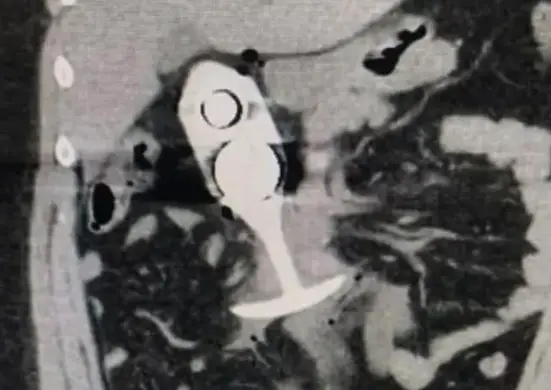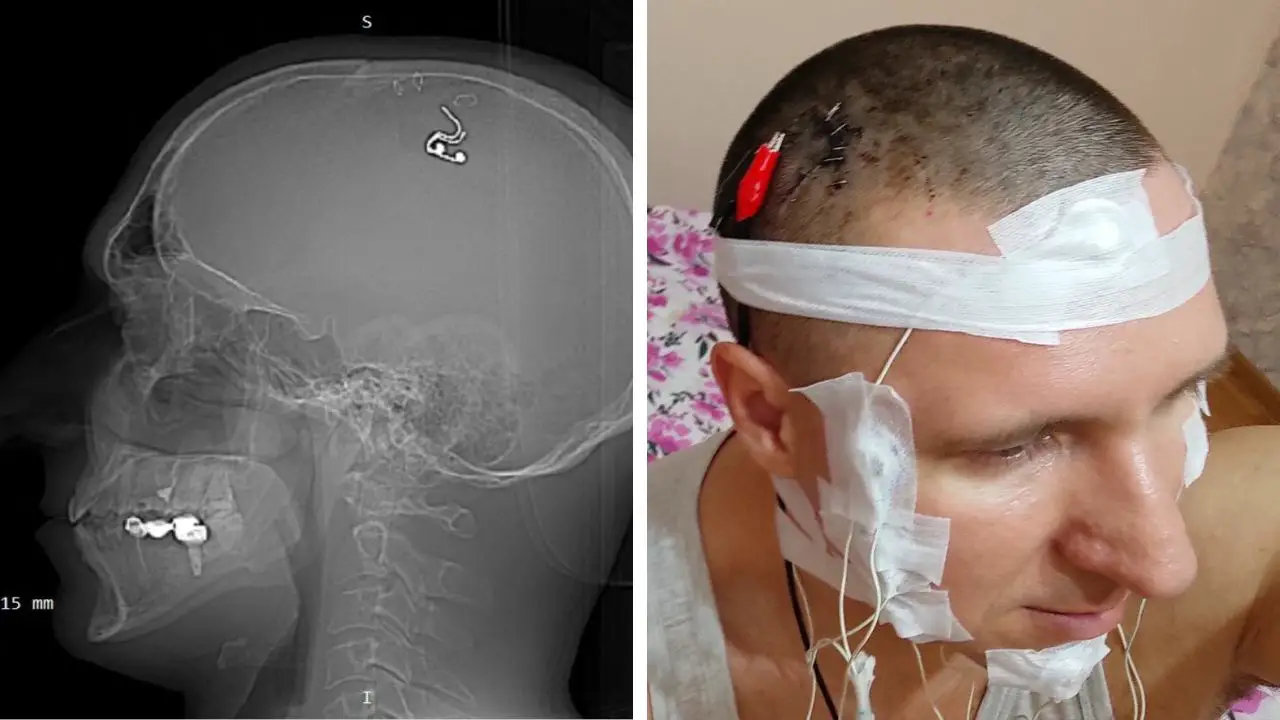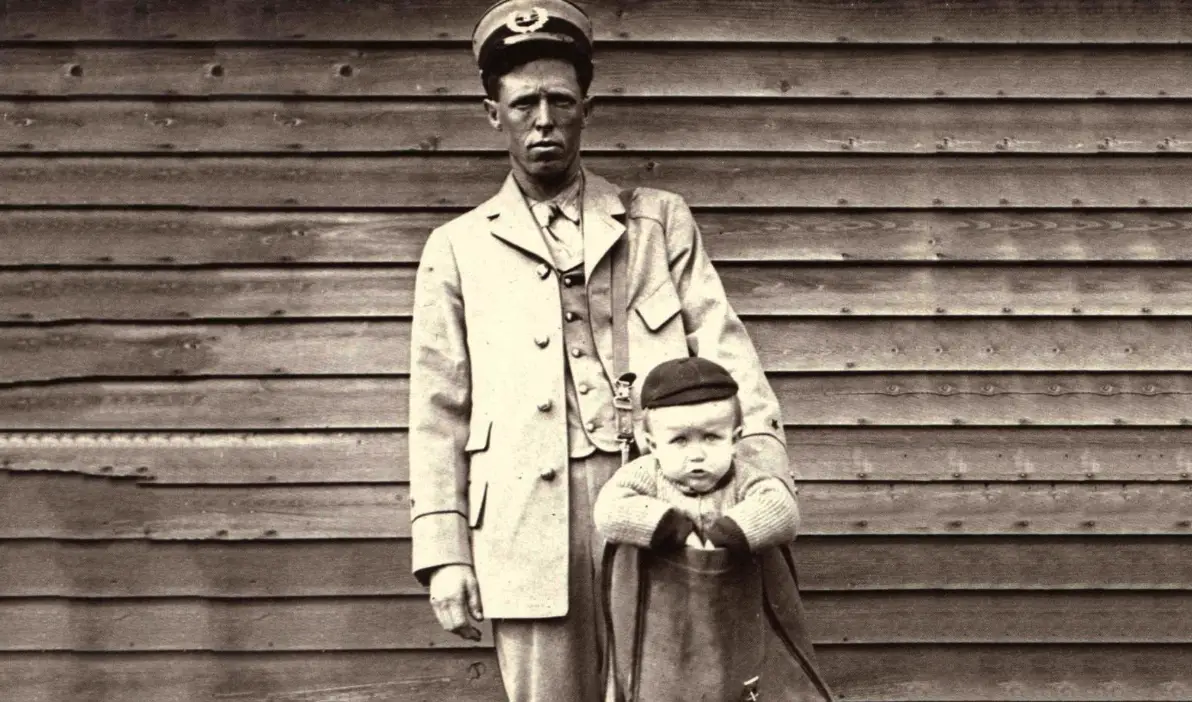Digby, a ‘Defusing’ dog, saves the life of a lady who was attempting suicide on a bridge
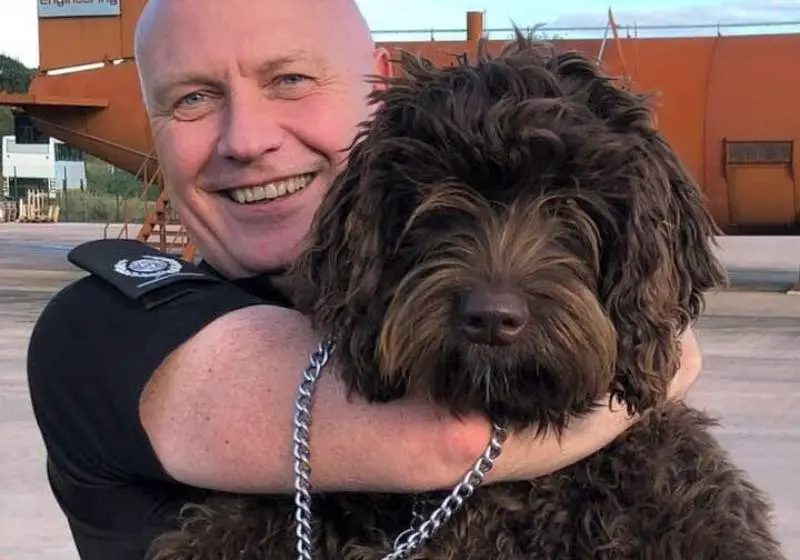
- Therapy dog Digby calms woman in crisis on M5 bridge near Exeter.
- Negotiators use pet affinity to avert tragedy in 2021 incident.
- Highlights animal-assisted therapy in suicide prevention efforts.
Every year in England, more than 5,000 individuals lose their lives to suicide, a figure that underscores a persistent mental health crisis where bridges often become focal points for desperate acts.
The scene unfolded on a tense afternoon in June 2021 along the busy M5 motorway near Exeter, Devon.
Emergency responders from the Devon and Somerset Fire and Rescue Service arrived to find a young woman perched precariously on a bridge, her intentions clear amid a moment of profound distress.
Police negotiators worked diligently to establish communication, but progress stalled until a key detail emerged: the woman expressed fondness for dogs.
This revelation prompted crews to introduce Digby, their specialized therapy animal, into the situation.
The three-year-old Australian Labradoodle, trained specifically for defusing high-stress scenarios, approached with his handler, creating an immediate shift in the atmosphere.

Digby serves as a full-time member of the fire service, where his primary role involves supporting firefighters exposed to traumatic events.
Bred for his calm demeanor and hypoallergenic coat, he participates in debriefing sessions, helping personnel process experiences from fires, accidents, and other emergencies.
On this day, however, his skills extended beyond the team to a stranger in need.
As the woman caught sight of Digby wagging his tail and gazing up with gentle eyes, she began to engage more openly with the responders.
“He just has this way of connecting,” one crew member later noted, emphasizing how the dog’s presence softened the barrier of isolation often felt in such crises.
What makes this intervention remarkable lies in its simplicity amid complexity.
The M5, a major artery connecting southwest England, sees heavy traffic, and bridge incidents can disrupt thousands while endangering lives below.
In this case, the highway closure lasted several hours as teams coordinated. Yet Digby’s involvement turned the tide.
After a few minutes of interaction, the woman agreed to step back to safety, where mental health professionals took over to provide immediate care.
She was transported to a nearby facility for evaluation and support, averting what could have been a fatal outcome.
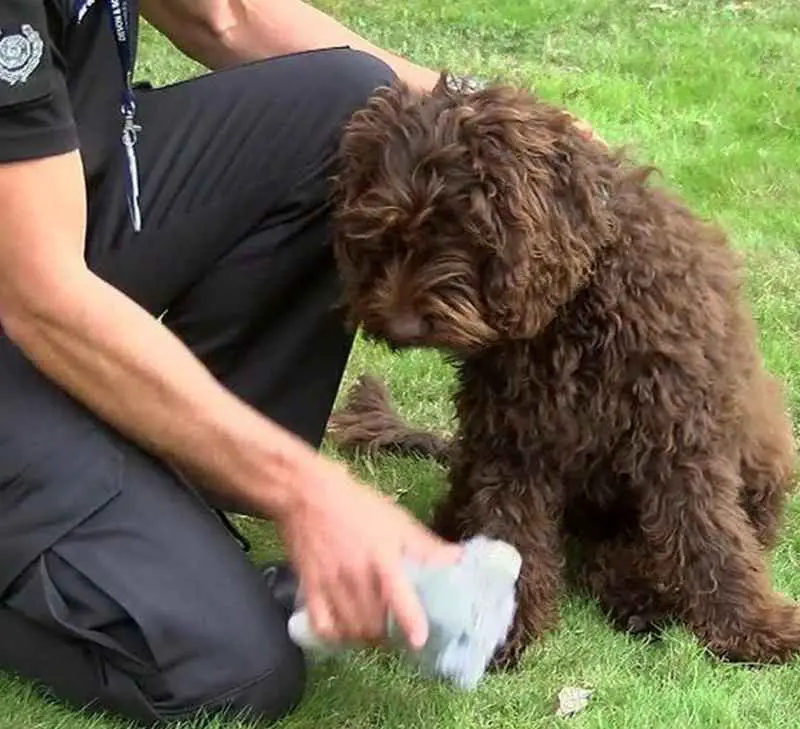
This event spotlights the growing integration of therapy dogs in crisis intervention protocols.
Across the UK and beyond, emergency services increasingly deploy animals like Digby to de-escalate situations involving mental health emergencies.
In the United States, for instance, departments have adopted Labrador retrievers and golden retriever mixes for similar purposes, with dogs trained to detect elevated cortisol levels signaling distress.
These canines offer non-judgmental companionship, fostering trust where human negotiators might struggle.
Organizations such as Crisis Response Canines emphasize how such animals break through emotional barriers, providing comfort in the aftermath of disasters or personal traumas.
Delving deeper, the role of pets in broader suicide prevention strategies reveals compelling evidence.
Research indicates that animal-assisted therapy can reduce feelings of loneliness, a key risk factor in mental health deterioration.
Individuals with pets report lower rates of depression, as animals provide routine, purpose, and unconditional support.
In therapeutic settings, interactions with dogs boost oxytocin levels, the hormone associated with bonding and stress reduction, potentially halting the escalation toward suicidal ideation.
One study found that pet ownership encourages daily engagement, such as walks or feeding, which combats isolation and builds resilience.
For those in acute distress, like the woman on the bridge, a simple encounter with a therapy dog can redirect focus from despair to connection.

Yet the UK’s suicide landscape demands attention beyond individual stories.
National figures paint a stark picture: the male suicide rate remains three times that of females, with hanging as the most common method overall, though jumping from heights accounts for a significant portion in urban areas.
Bridges, in particular, pose unique challenges due to accessibility and symbolism.
In one analysis of motorway bridges in England, 42 incidents involving suicide risk were recorded in a single year, down from 57 the previous period, reflecting targeted interventions but highlighting ongoing vulnerabilities.
To illustrate the scale and potential for change, consider these key statistics:
| Category | Detail | Source Insight |
|---|---|---|
| Annual Suicides in England | Over 5,000 deaths registered yearly since 2018 | National rate stagnant, emphasizing need for cross-sector strategies |
| Bridge-Related Incidents | 42 suicide risk events on motorways in recent year | Decrease of 26% from prior period, tied to prevention measures |
| Effectiveness of Barriers | 77-95% reduction in suicides post-installation | Safety nets and fences prove highly effective in high-risk locations |
| Railway Suicide Attempts | 280-360 per year since 2011 | Transport sectors bear heavy burden, with similar patterns on roads |
| Male vs. Female Rates | Males three times more likely | Age group 51-60 sees highest proportion in some locales |
These numbers underscore the urgency for multifaceted approaches, including physical barriers that have slashed suicide rates at sites like the Clifton Suspension Bridge by up to 95% after implementation.
In Devon alone, one bridge reported 72 suicide-related incidents in a single year, straining local resources and communities.
Prevention efforts, such as the government’s five-year cross-sector strategy, aim to address these through improved access to mental health support and location-specific safeguards.

Expanding on animal roles, experts note that therapy dogs like Digby represent an innovative layer in this framework.
In police and fire services, these animals not only aid in immediate interventions but also support long-term wellness for responders.
For example, programs in Kansas City have introduced comfort dogs capable of sensing anxiety, allowing for proactive calming during crises.
Globally, animal-assisted activities extend to disaster response, where canines help survivors process grief and rebuild emotional stability.
The Exeter incident prompts questions about scaling such initiatives.
With mental health waiting lists stretching months in some regions, could more departments adopt defusing dogs to bridge gaps in care?
Digby’s success has inspired similar adoptions, yet challenges remain in training and funding.
This is Digby. Today he did something amazing and helped save a young woman who was thinking of taking her own life on a bridge over the M5 near Exeter (thread👇) pic.twitter.com/eMnIG0Dve7
— Devon and Somerset Fire and Rescue Service (@DSFireUpdates) June 15, 2021
As one fire service official reflected, the bond between human and animal often unlocks doors that words alone cannot.
What other untapped potentials lie in these partnerships, especially as suicide attempts on transport infrastructure continue to evolve?
In cities like London, where bridges account for 74% of attempts, integrating therapy animals into patrol routines might transform outcomes.
Meanwhile, personal stories from pet owners reveal how daily companionship prevents escalation, with many crediting their animals for providing a “reason to keep going” during dark periods.
As awareness grows, innovative tools like robotic dogs in Miami-Dade Police demonstrate technology’s intersection with traditional therapy, detecting distress in ways that enhance human efforts.
Could such advancements, combined with flesh-and-fur companions, redefine crisis response?
Digby’s tale, while rooted in one fateful day, opens avenues for exploring how these loyal allies might prevent countless tragedies, one wagging tail at a time.
What happens when a dog’s intuition meets human vulnerability in the next high-stakes moment?










